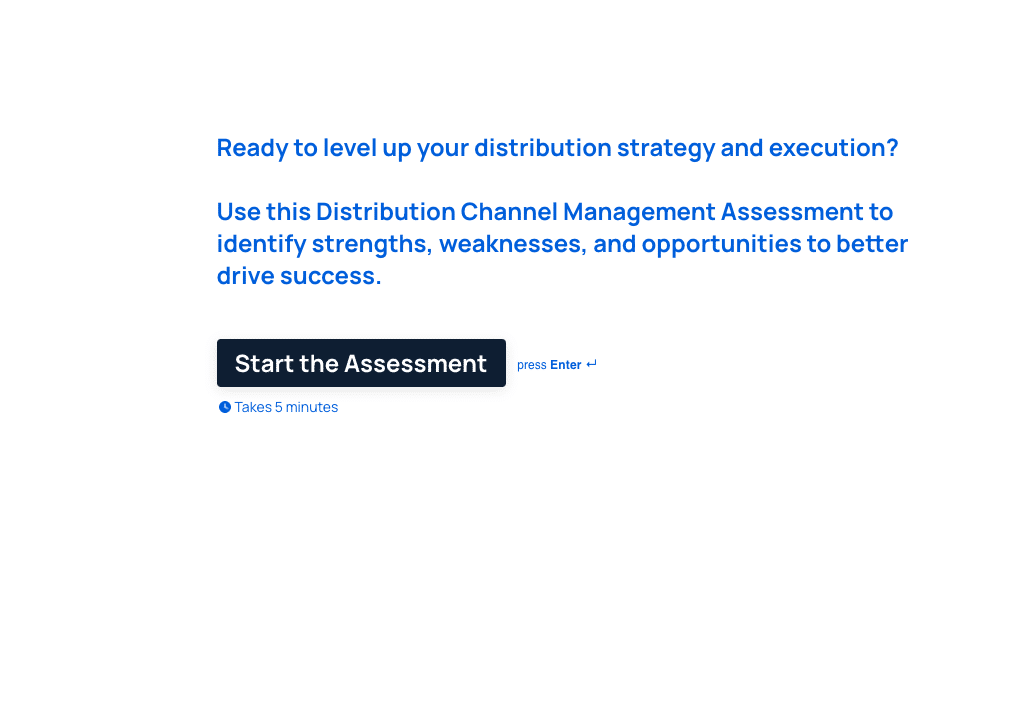

It doesn’t take a financial adviser to tell you that, thus far, the economic environment of 2025 has been marked by a significant level of uncertainty. But what a financial adviser could tell you is that, as a result of current and future financial uncertainty, an increasing number of investors are expressing interest in annuities for their retirement planning.
Stock market volatility plagues the first half of 2025
A quick glance at stock market performance over the first half of the year demonstrates just how volatile things have been. Between tariff woes, continually inflated interest rates, and recession fears, the stock market has been on quite the roller coaster ride as of late. And we mean that less in a fun, thrill-seeking adventure kind of way and more in a “one more 90 degree drop and I’ll lose my lunch” kind of way.
Just look at the performance of the S&P 500 index. The leading benchmark of U.S. stock market performance started the year strong only to be rocked just a few months later by a recession-level decline of over 10 percent following the Trump Administration’s “Liberation Day” tariff announcement. The drop was so steep that financial experts deemed it the fifth worst two-day change in the S&P 500 since World War II. Only a few days later, the Trump Administration announced a 90-day pause on tariffs that flipped the script dramatically, leading to the S&P 500’s best daily performance in over a decade.
Aggressive ups and downs like these have contributed to a heightened sense of uncertainty and instability. While markets have stabilized somewhat since spring, as we pass the midway point of 2025, ongoing tariff-induced inflation, fluctuating labor market dynamics, and fiscal imbalances have many investors hesitant that the worst may be yet to come.
Guaranteed income is a high-priority for retirement planning
Here’s a not-so-fun fact: 64 percent of Americans worry more about running out of money than they do dying.
In the not-so-distant past, Americans could rest easy, or at least easier, knowing once they reached their early to late 60s they could retire from the workforce and begin receiving monthly benefits for themselves and their families through the Social Security program. However, recent concerns regarding the future of Social Security are threatening that relief, so much so that in 2025, 67 percent of Americans worry Social Security funds won’t last through their full retirement.
Their concern is valid. With so many baby boomers exiting the workforce, the number of Social Security beneficiaries is set to increase exponentially over the next decade compared to the number of workers contributing to the funds. According to its 2024 report, the Social Security Board of Trustees estimates that in just eight years, Social Security reserves will be emptied. After that point, ongoing tax revenue will only cover about 79 percent of scheduled benefits. And ecent developments from the Big Beautiful Bill like reducing Social Security tax benefits may accelerate the program’s depletion by a year.
Between Social Security’s promise of future financial security becoming less guaranteed year over year, and the skidding stock market, it’s no wonder that 92 percent of Americans feel a product that offers guaranteed income in retirement would help them financially support the life they want.
Annuity market sees continued growth in the face of market uncertainty
One option investors are considering to supplement their retirement income: annuities. While the stock market might be all over the place this year, the annuity market is experiencing steady upward momentum. According to the Life Insurance Marketing and Research Association (LIMRA) annuity sales hit a record-breaking $223 billion in the first half of 2025. Financial experts cite America’s aging population and their hesitancy to rely too heavily on stocks amid market volatility as a main driver of sales.
So what makes annuities such a popular substitute? Let’s dig in, starting with a quick refresher on the basic structure of an annuity.
Annuities: Guaranteed income and a hedge against market volatility
An annuity is a contract in which an investor agrees to pay an amount of money to an insurance company (either in one lump sum or in multiple payments over a specified amount of time) in exchange for a regular stream of income in return. There are a variety of ways annuities can be built, calculated, credited, and paid out (learn more about the different types of annuities here), many of which protect consumers by providing guaranteed income regardless of market fluctuations.
For example:
- Fixed annuities offer consumers a guaranteed interest rate on their contributions and therefore aren’t impacted by broader market performance.
- Fixed-indexed annuities (FIAs), also known as equity-indexed annuities (EIAs) tie contract value market performance. FIAs offer downside risk protection to investors by combining a minimum guaranteed interest rate with an interest rate linked to a market index.
- Inflation-protected annuities live up to their namesake by tying their payments to the inflation rate to keep up with rising prices.
Products like these can help individuals diversify their financial portfolios and protect themselves against market turmoil with a reliable income stream.
What a high-volume annuity market means for IMOs, FMOs, and annuity carriers
There’s a massive opportunity for annuity carriers to capitalize on the current demand for annuity products, but success will depend on how well-equipped an organization’s broker force is to meet consumer expectations. In order to truly benefit, annuity carriers must be able to move fast without sacrificing efficiency or dropping the ball on compliance. Businesses with agile operations and modern solutions that leverage automation to take excess work off their producers’ plates will have the upper hand compared to those whose onboarding, licensing, and appointing processes are still largely manual, siloed, and prone to error.
Reaching an evolving consumer base offers major benefits, but choosing the optimal strategy proves difficult, especially when businesses lack a clear understanding of their current state. Assess the agility of your current operations and start working toward a future state in which you can capitalize on changes in consumer demand in real-time by taking the Distribution Channel Management Assessment.
Is adaptability the key to long-term financial stability?
At a time when change is the only constant, it absolutely plays a part. Whether that’s diversifying your portfolio to protect your future self from running out of money or investing in technology to help you create a leaner, more agile business.
At AgentSync, we see first-hand how quickly federal regulations, market upheaval, and M&A activity can change our clients’ market position. Our solutions help carriers, agencies, and other insurance distribution organizations react more swiftly to market challenges and opportunities. To learn how our technology helps insurance agencies and carriers stay ahead of the curve, talk to an AgentSync expert today.

